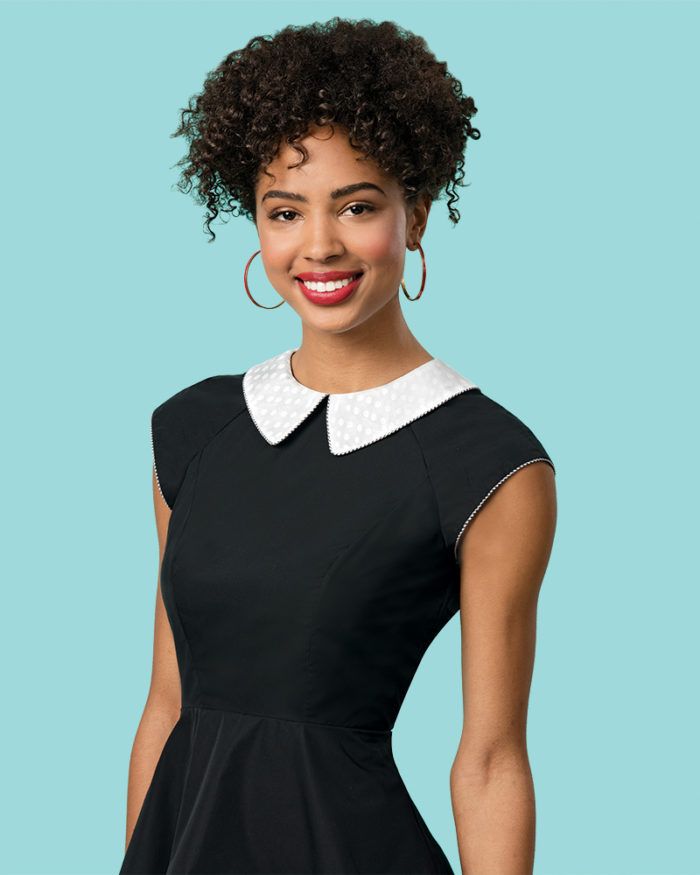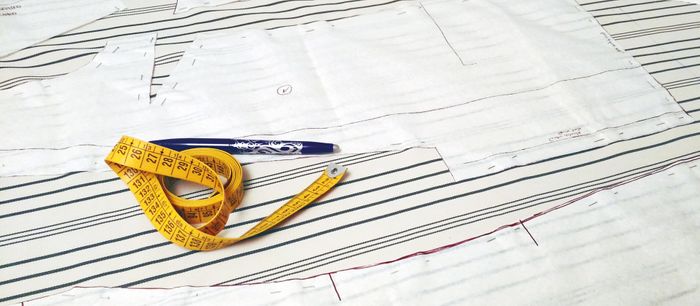Heirloom Details Add Subtle Sophistication
Discover sophistication in youthful embellishments
Delicate details from heirloom sewing, while used most often for special children’s clothes, can look stylish and sophisticated on women’s garments. Daintily proportioned bias bindings, petite piping, and miniature rickrack are some of the elements used when sewing clothes for children and infants that translate beautifully to grown-up blouses, dresses, sleepwear, and more. At about half the scale of standard piping, binding, and rickrack, the miniature versions offer refined embellishments for edges and seams. Working such fine details also conveys a sense of artisanship because of the care and skill necessary to incorporate them into garments.
For petite piping and tiny bias binding, use finely woven, lightweight fabrics. These small-scale details are ideally suited to very small fabric prints, such as tiny gingham or geometrics, miniature polka dots or flowers, or narrow stripes.
Follow along and learn a few heirloom sewing techniques that can add subtle sophistication to your garments.
Petite piping
What I call “petite piping” is a narrow variation on standard piping. It’s refined and dainty and adds subtle detail to edges and seams, as shown in the peplum top at left. Use it to add understated interest and a bit of body to garment hems, collar edges, or any seamline. You’ll need an 1⁄8-inch-circumference filler cord. If you choose an all-cotton cord, make sure to preshrink it before using it as piping filler.
Make the piping
1. Calculate the bias strip width. Use this equation: (2 x seam allowance) + cord circumference = bias strip width. To cover a 1⁄8-inch-circumference cord and have two 5⁄8-inch seam allowances, the equation looks like this: (2 x 5⁄8) + 1⁄8 = 1-3⁄8 inches.
2. Cut the strips. When cutting, pay attention to the fabric print or pattern: Center the print on the bias strips so that when the fabric is folded around the cord, the…
Start your 14-day FREE trial to access this story.
Start your FREE trial today and get instant access to this article plus access to all Threads Insider content.
Start Your Free TrialAlready an Insider? Log in





Log in or become a member to post a comment.
Sign up Log in